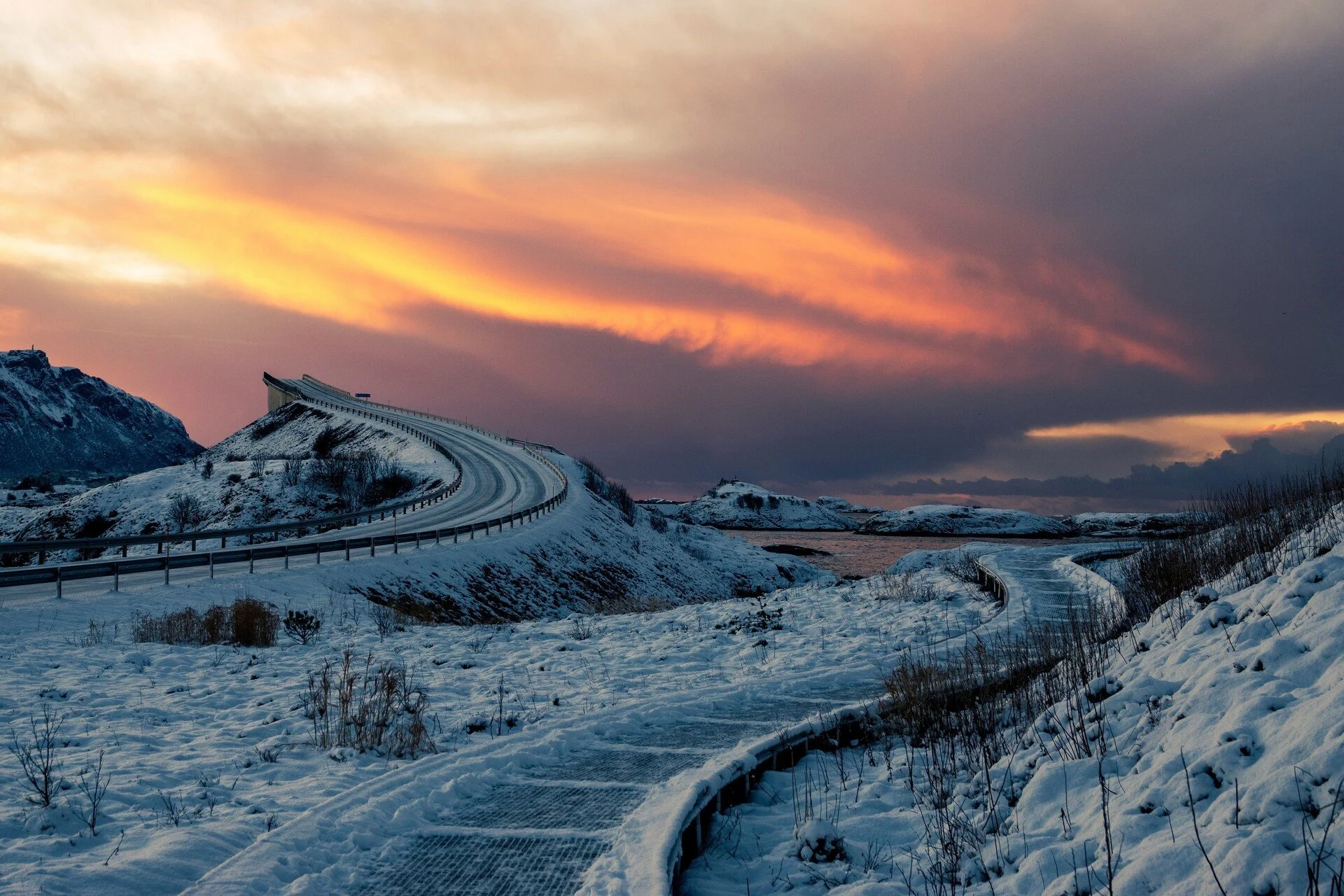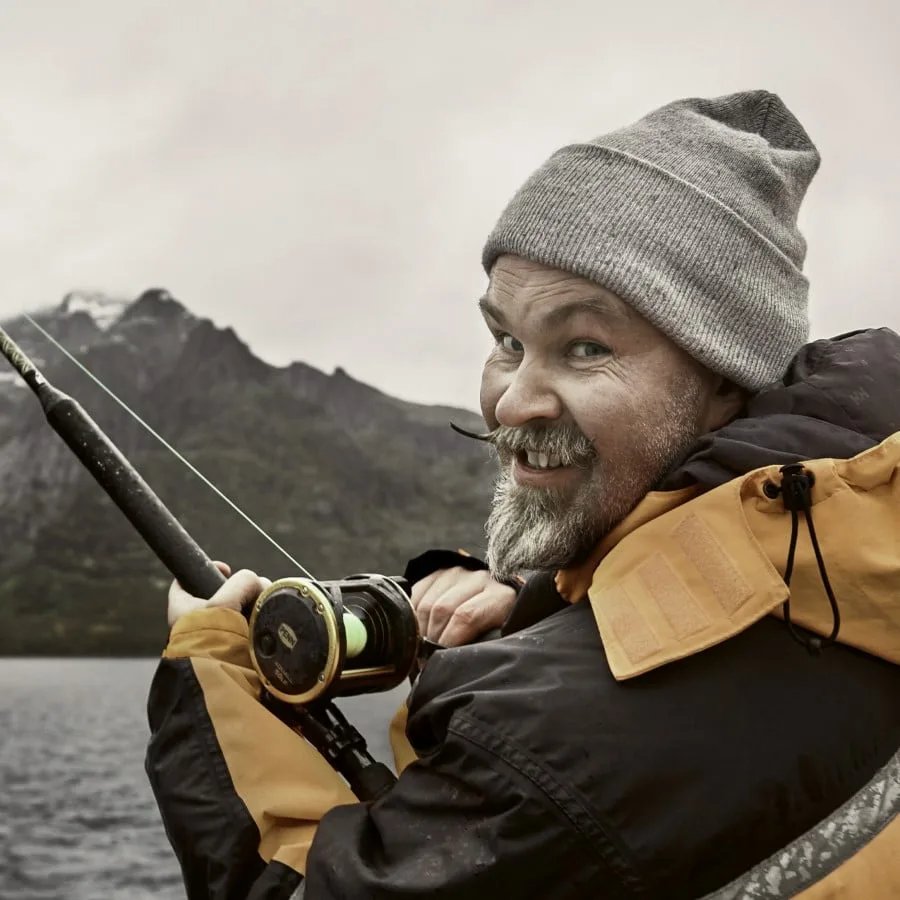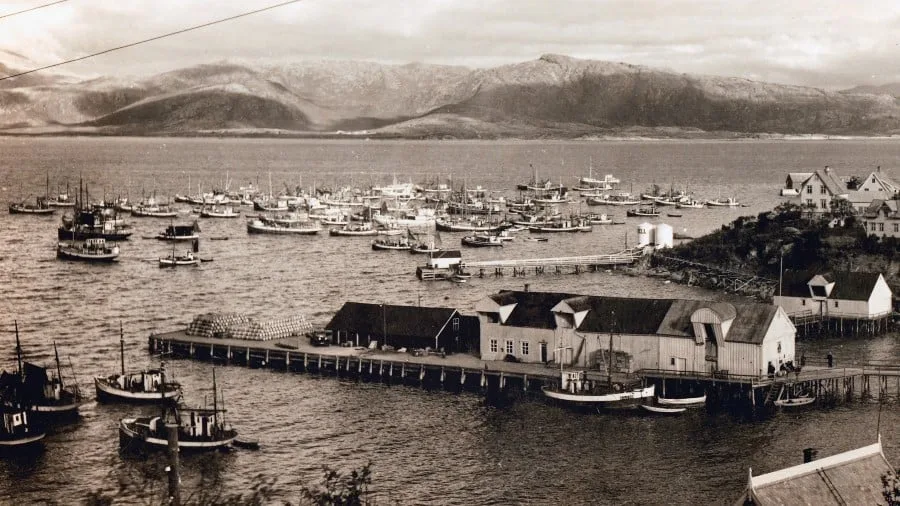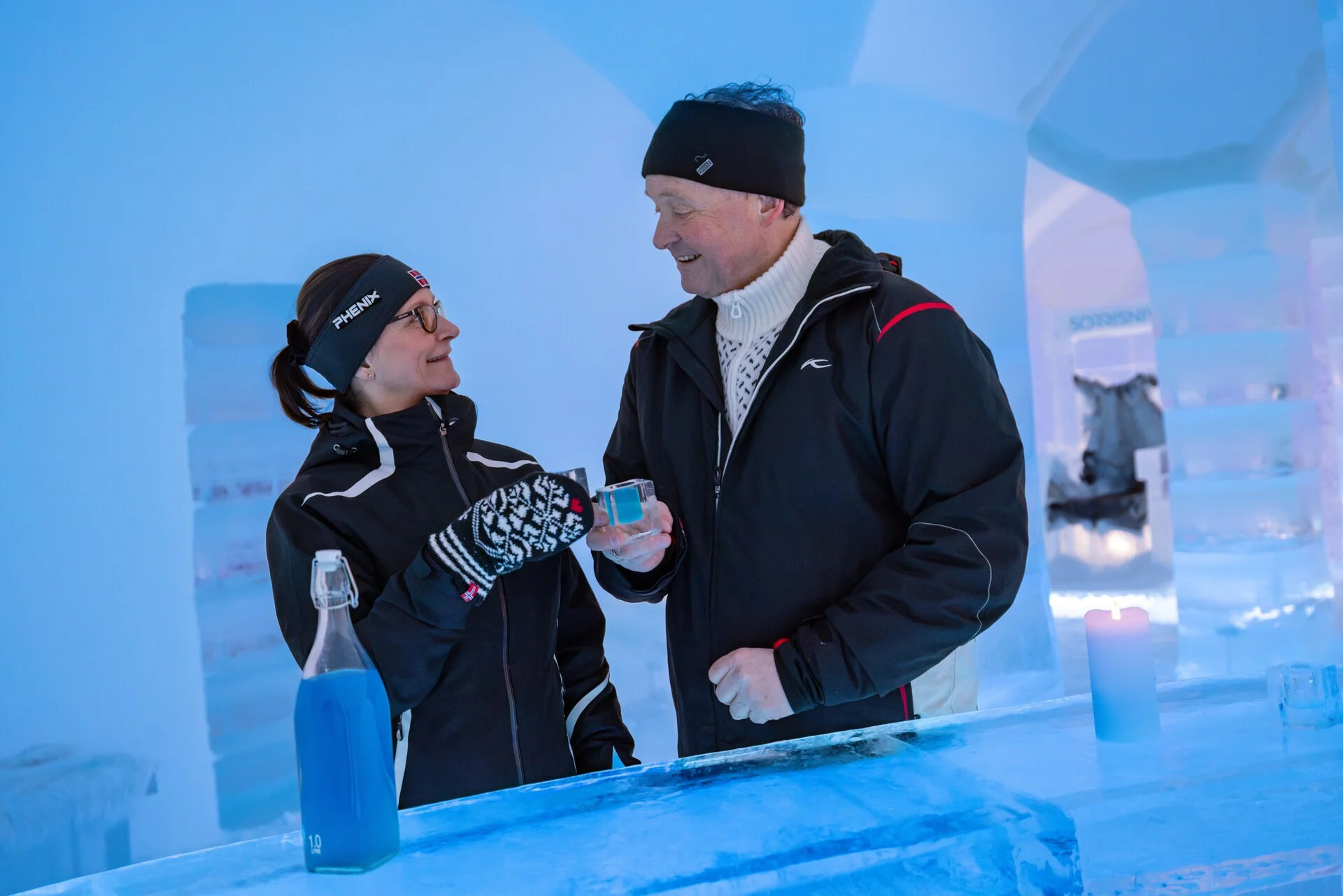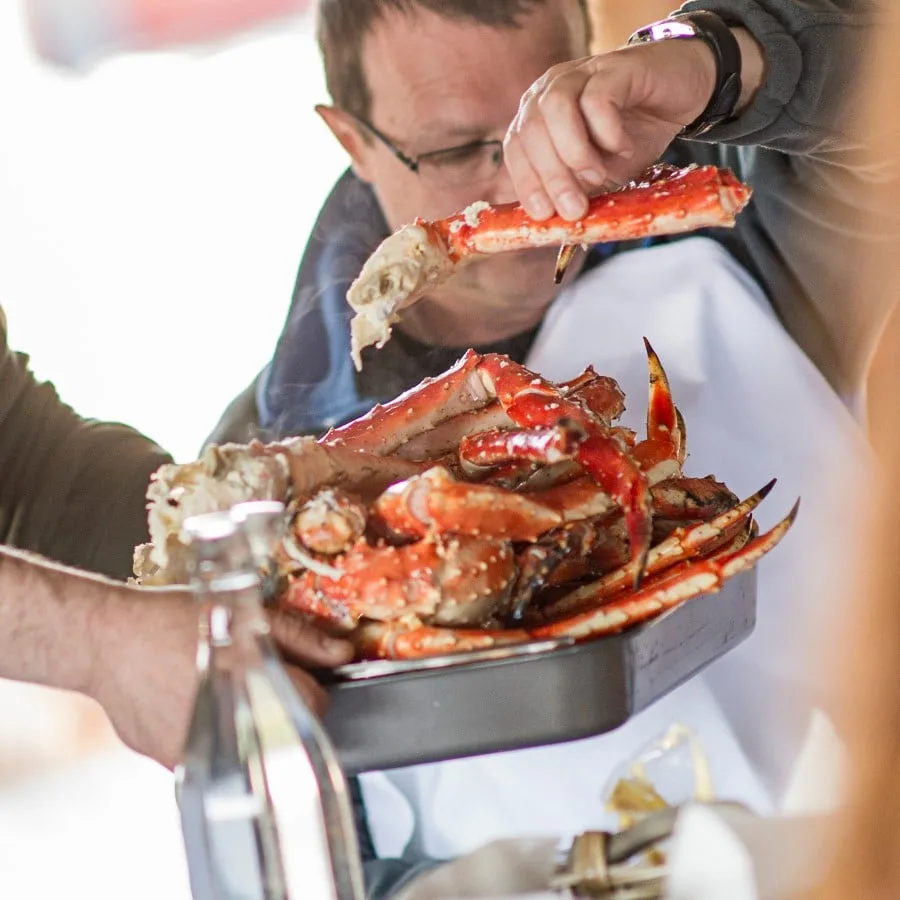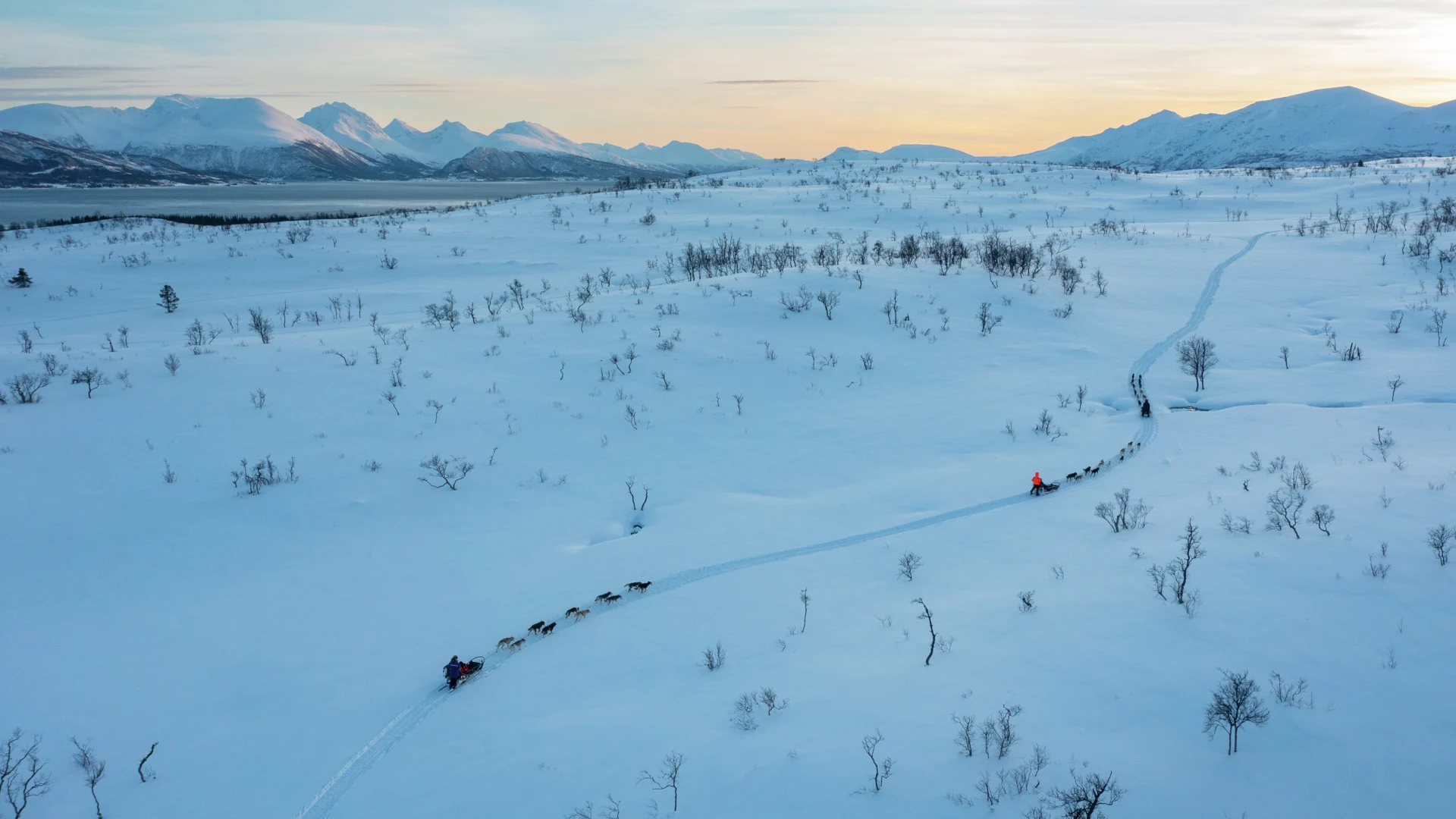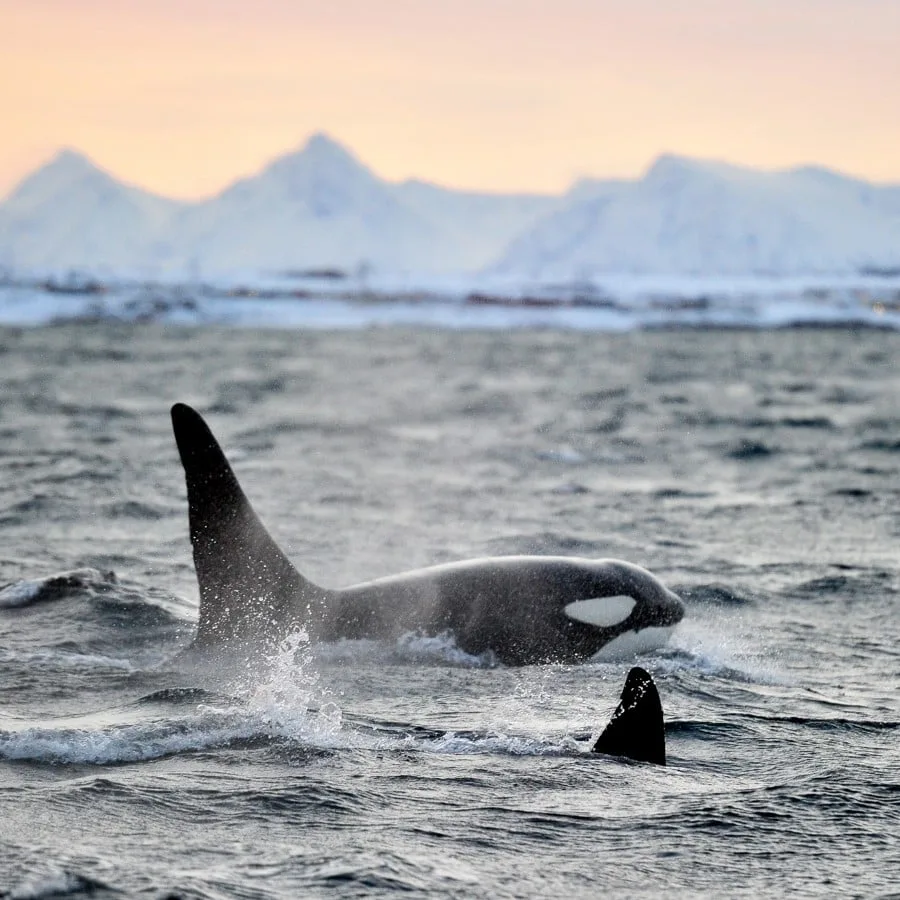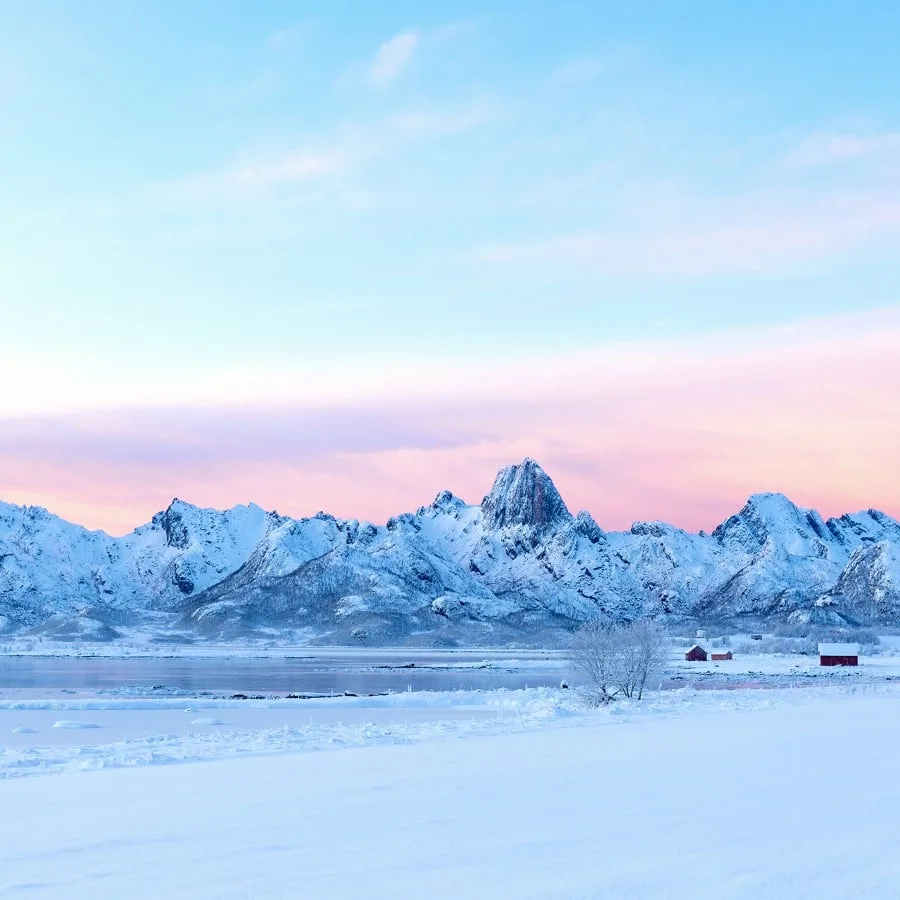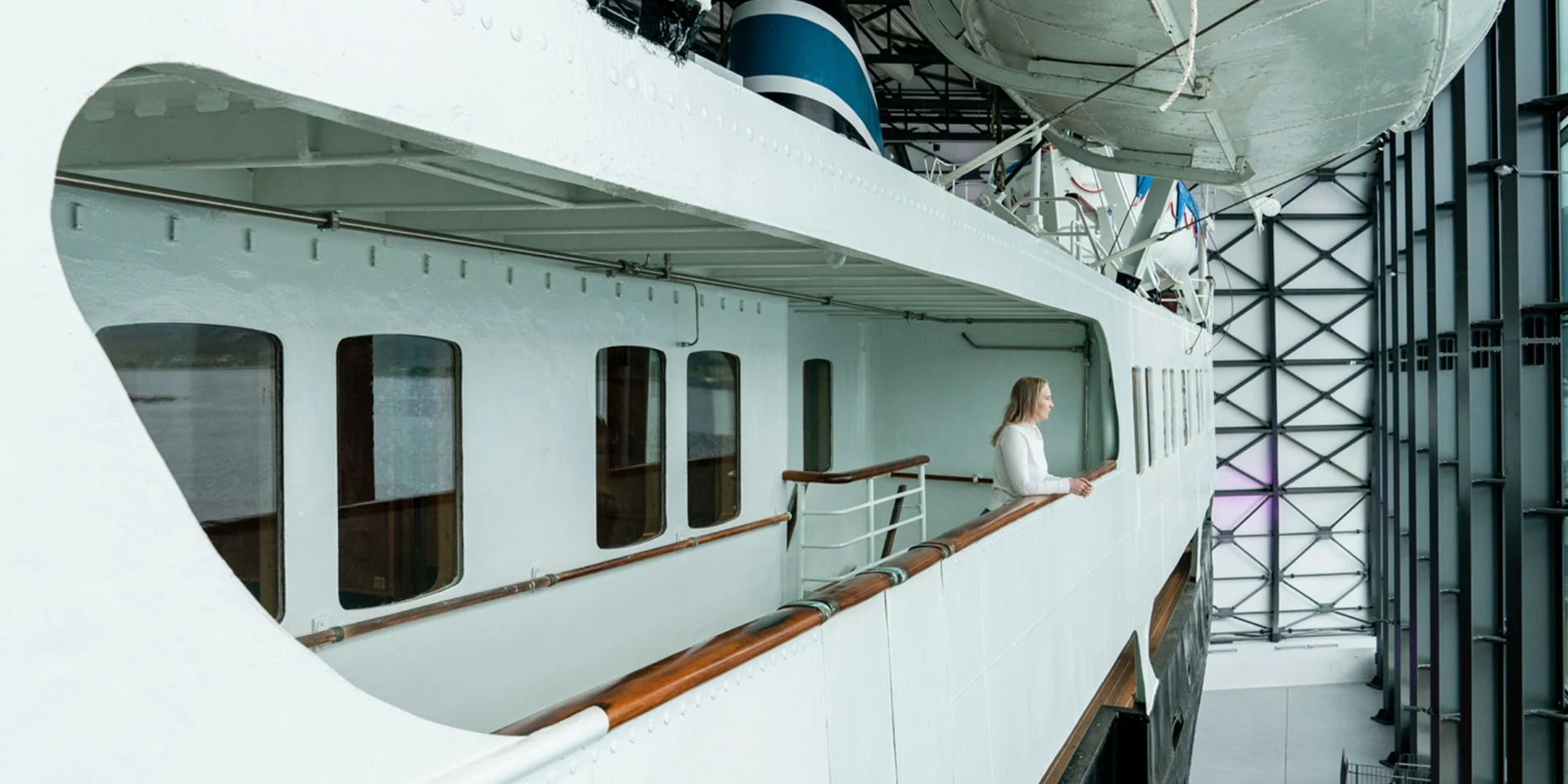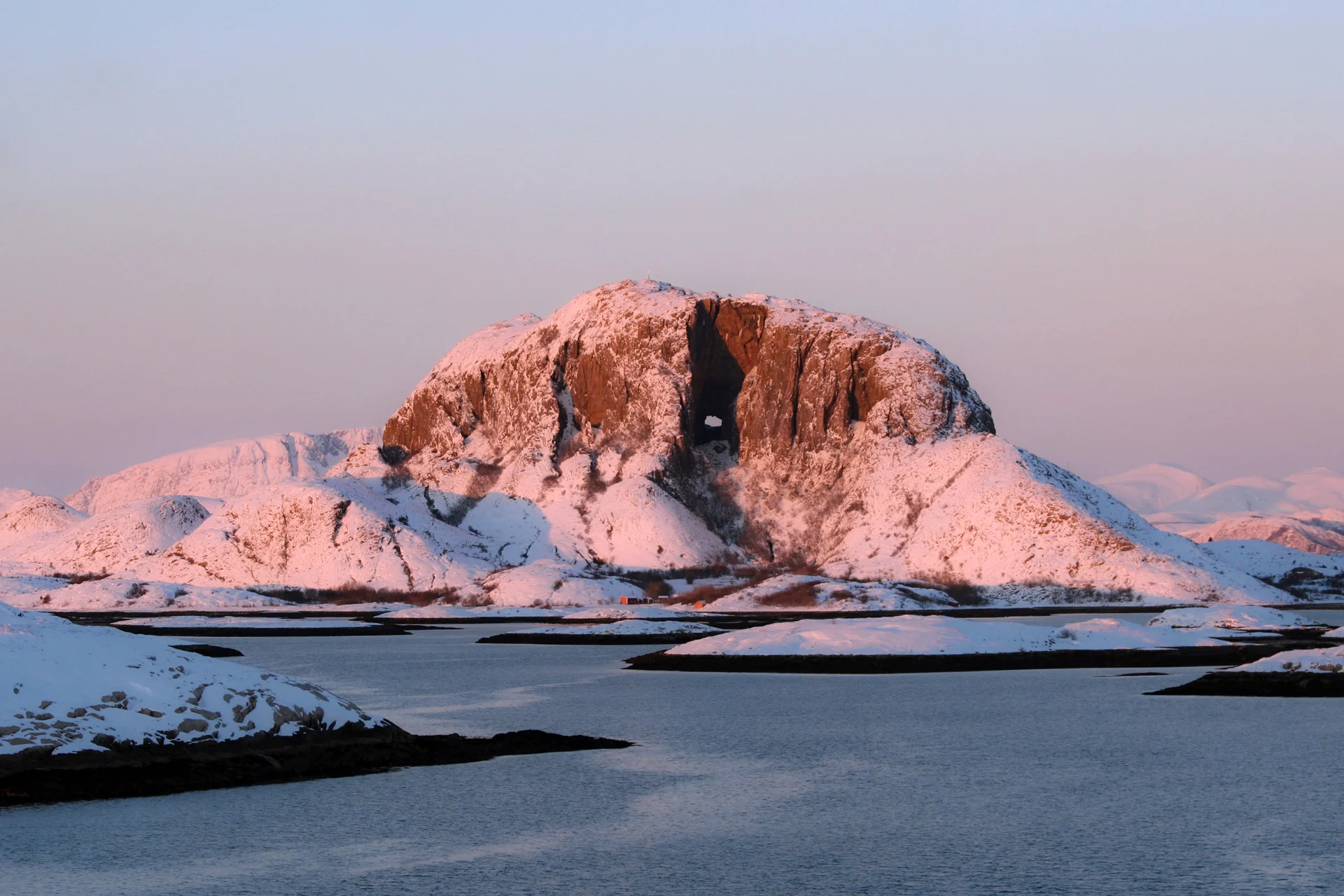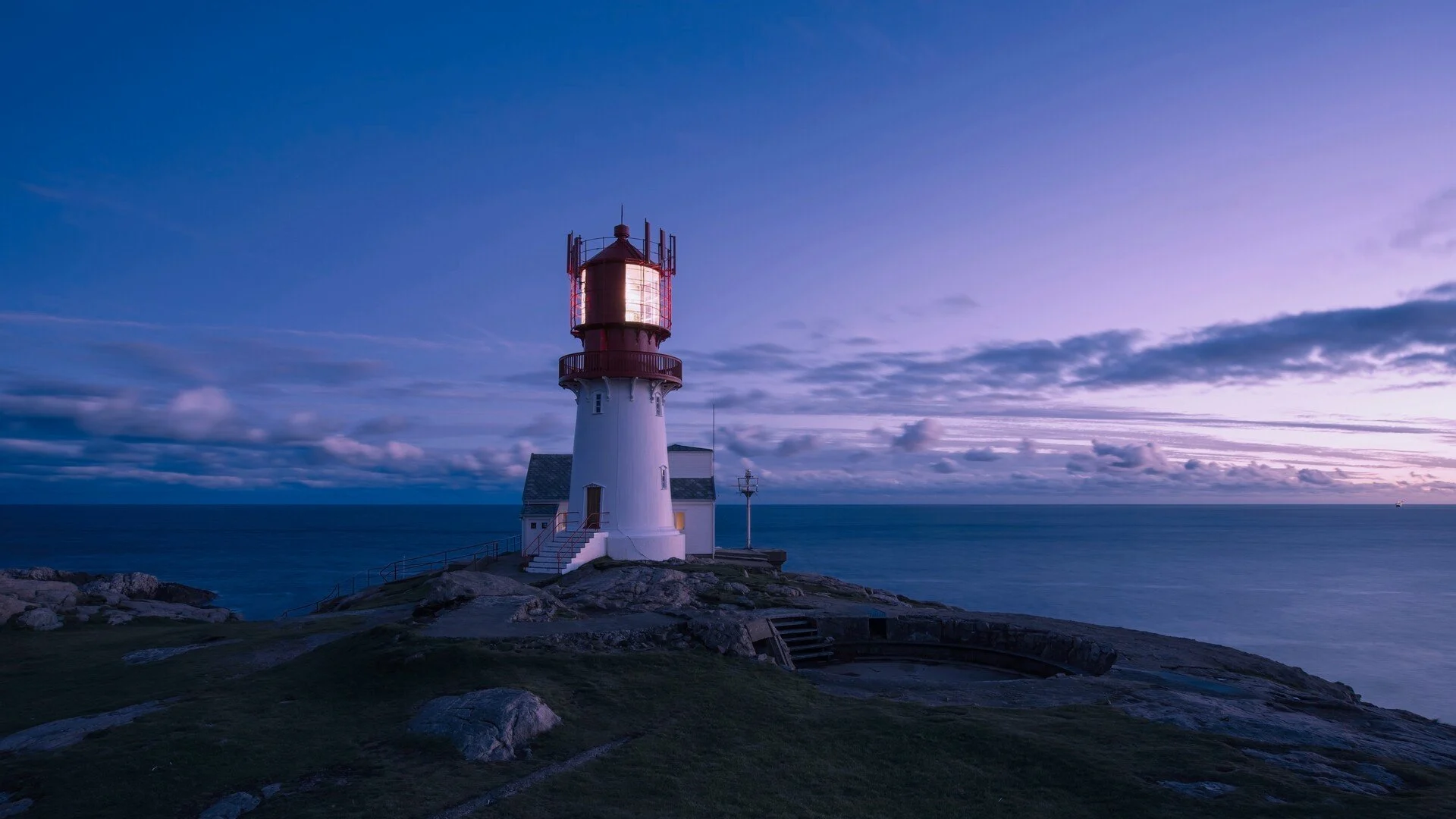The North Cape Line
Bergen – Honningsvåg – Oslo
Arctic cities | Kirstiansand lighthouses

1 / 6
Discover historic Bergen
Enjoy the charm of UNESCO-listed Bryggen Wharf
Cross the Arctic Circle with breathtaking views
Marvel at Norway’s northern landscapes
Sail along Norway’s dramatic Arctic coastline
Remote islands, stunning fjords and charming towns
View Norway’s unique wildlife
Witness animals that thrive along the coast, from whales to birds
Indulge in fresh Arctic cuisine on board
Enjoy award-winning locally sourced food and drink
-10%
pp
Lowest rate - Sailing April 2025
14 days
14 Stops
1 Departure

If the aurora doesn't occur within sight of the ship on your 11+ day voyage, enjoy a free 6- or 7-day trip. Offer valid for departures from Sep 20 to Mar 31.
Itinerary
Show full itineraryThe route
Optional excursions and extensions(20)
Choose these and many more when booking your voyage online, or take your time to decide and add them later in MyBooking.
What's included
On board, you'll enjoy outstanding food, facilities and hospitality, so you can concentrate on simply enjoying the beauty of Norway.
MS Trollfjord
Flagship of our Signature voyages, MS Trollfjord takes its name from a small but spectacular fjord in the Vesterålen archipelago.

